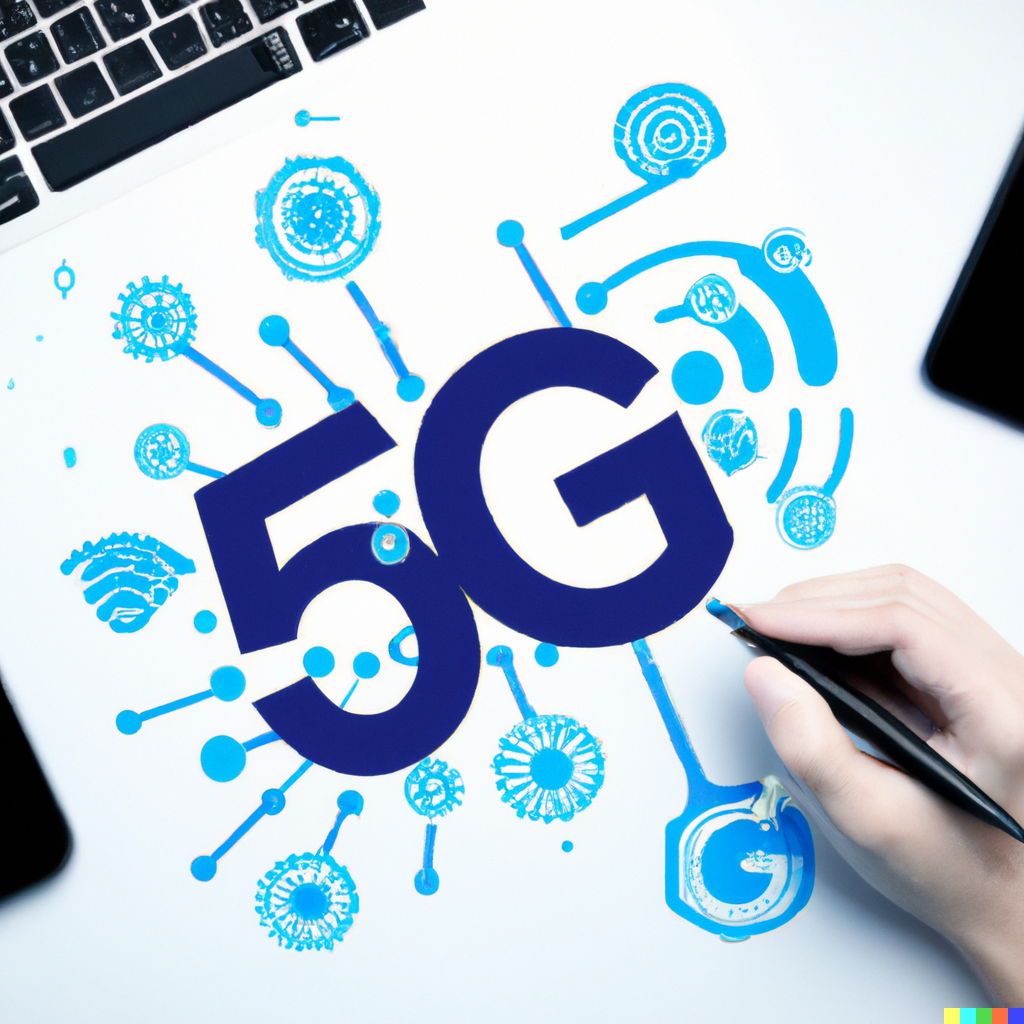Introduction
The evolution of technology continues to reshape our world, and the convergence of two major players, 5G and the Internet of Things (IoT), promises to revolutionize how we interact with the digital realm. Adding Artificial Intelligence (AI) to the mix amplifies the potential for innovation. In this article, we delve into the profound impact of 5G on both IoT and AI, exploring the synergies that will shape our future.
The Power of 5G
5G, the fifth generation of wireless technology, is not just an incremental improvement over its predecessors; it’s a game-changer. With faster speeds, lower latency, and the ability to connect an unprecedented number of devices simultaneously, 5G unlocks a new era of connectivity.
Empowering the Internet of Things
The IoT envisions a world where everyday objects are connected to the internet, sharing data and interacting seamlessly. 5G provides the backbone for IoT to flourish:
-
Massive Device Connectivity: 5G’s capacity to handle vast numbers of devices ensures that smart homes, cities, and industries can connect devices and sensors without network congestion.
-
Real-time Communication: Ultra-low latency of 5G facilitates real-time data exchange, enabling instant decision-making in critical applications like autonomous vehicles and remote surgeries.
-
Enhanced Reliability: 5G’s reliability ensures that devices stay connected without interruptions, bolstering applications like smart grids and healthcare monitoring.
Amplifying AI Capabilities
AI thrives on data, and the seamless connectivity offered by 5G turbocharges AI applications:
-
Edge Computing: 5G enables processing data closer to the source (edge), reducing latency and enhancing AI’s responsiveness in applications like facial recognition and language translation.
-
Remote AI: With 5G’s bandwidth, AI algorithms can be executed remotely, reducing the need for powerful local devices. This could make AI-driven services accessible to a wider range of devices.
Symbiotic Relationship: IoT, AI, and 5G
The trio of IoT, AI, and 5G creates a self-reinforcing cycle of innovation:
-
Data Flow: IoT generates massive amounts of data. 5G ensures this data flows seamlessly to AI algorithms for analysis and actionable insights.
-
Real-time Adaptation: AI can optimize network resources in real-time, ensuring efficient data delivery and network management for IoT devices.
-
Enhanced Automation: AI can use IoT data to automate processes and make informed decisions, while 5G ensures the speed and reliability required for real-time automation.
Industry Transformations
The impact of this synergy extends to various sectors:
-
Healthcare: Remote surgeries, wearable health monitors, and AI-assisted diagnostics become more reliable and effective with the combination of IoT, AI, and 5G.
-
Smart Cities: 5G-enabled IoT devices can enhance city management, optimizing traffic flow, energy consumption, and public services through AI-driven insights.
-
Manufacturing: The Industrial Internet of Things (IIoT) combined with AI analytics and 5G connectivity leads to predictive maintenance, reduced downtime, and increased efficiency.
Conclusion
The convergence of 5G, IoT, and AI promises a future that’s more connected, intelligent, and efficient. The synergy among these technologies amplifies their individual impacts, creating a powerful force for innovation across industries. As this transformative trio reshapes the way we live, work, and interact, it’s clear that the age of hyper-connected smart ecosystems is upon us.

